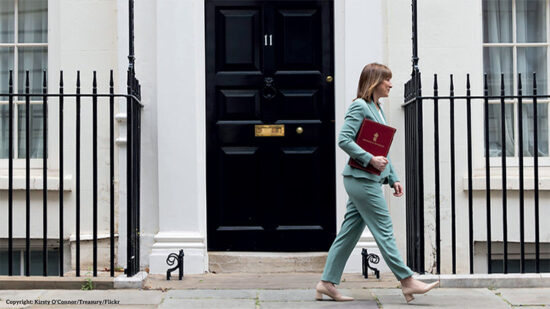The 38-page consultation, which may be downloaded from the Treasury’s website by clicking here, is entitled Inheritance Tax: Simplifying Charges on Trusts – the next stage.
It “sets out options on how IHT periodic and exit charges on trusts that hold or dispose of relevant property can be simplified, and seeks views on proposals to align payment and filing dates for these charges”, while at the same time examining the treatment of accumulated income, according to an introductory summary.
The consultation period runs until 23 August. Sometime after that date, around the 2013 Autumn Statement, HMRC would be expected to publish a summary of the responses. If any legislation is required, it would likely be introduced in the 2014 Finance Bill.
‘Next stage’ of process
As the name of the consultation suggests, this is not the first time HMRC has consulted stakeholders in the area of IHT trust charges: Inheritance Tax: Simplifying Charges on Trusts was published in July 2012. The consultation document released yesterday is a response to the comments received in response to that document, in conjunction with HMRC’s policy goals.
In an introduction to the consultation, the Government explains: “HMRC believes that worthwhile improvements to the way inheritance tax (IHT) trust charges are calculated can be made without any significant impact on the rest of the regime, and in keeping with the Government’s objectives of delivering fairness, while maintaining tax revenues”.
Areas that have been identified for simplification or possible reform in this latest consultation include:
- Simplifying the calculation of IHT trust charges, including the consideration of charges on certain death in service pension schemes;
- Standardising the treatment of accumulated income; and
- Aligning filing and payment dates for ten-yearly and exit charges with the Self Assessment framework.
Key Proposals
1) It is proposed that the settlor’s previous lifetime transfers should be ignored in determining the available nil-rate band for the purposes of calculating the hypothetical transfer on exit charges, and ten-year anniversary charges. This is seen as making it possible to avoid the problems and associated costs of having to obtain historic records and valuations.
2) The nil-rate band should be split by the number of relevant property settlements which the settlor has made.
3) HMRC proposes that a simple rate of 6% of the chargeable transfer is used in the calculation of periodic and exit charges.
4)“Non-relevant property” should be ignored.
Gerry Brown, technical manager at Prudential and an expert on IHT, said that in its consultation, HMRC had “adopted a radical approach”, and had made “most of the complex calculations previously required redundant”.
“These measures will reduce the trustees’ tax compliance costs significantly, while being roughly ‘revenue neutral’”, he added.
A likely “casualty” of the consultation will be the “oft discussed Rysaffe arrangements”, which involved the use of multiple trusts, Brown noted.
“It is to be hoped that draft legislation based on these proposals will be in Finance Bill 2014.”








